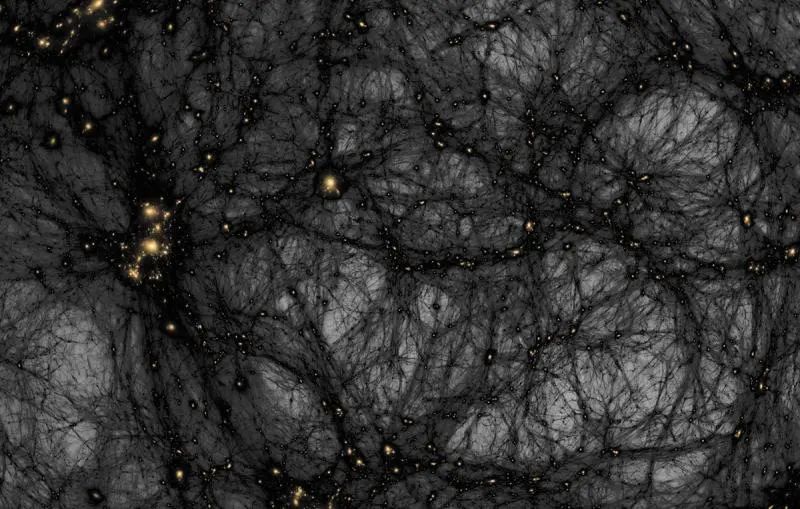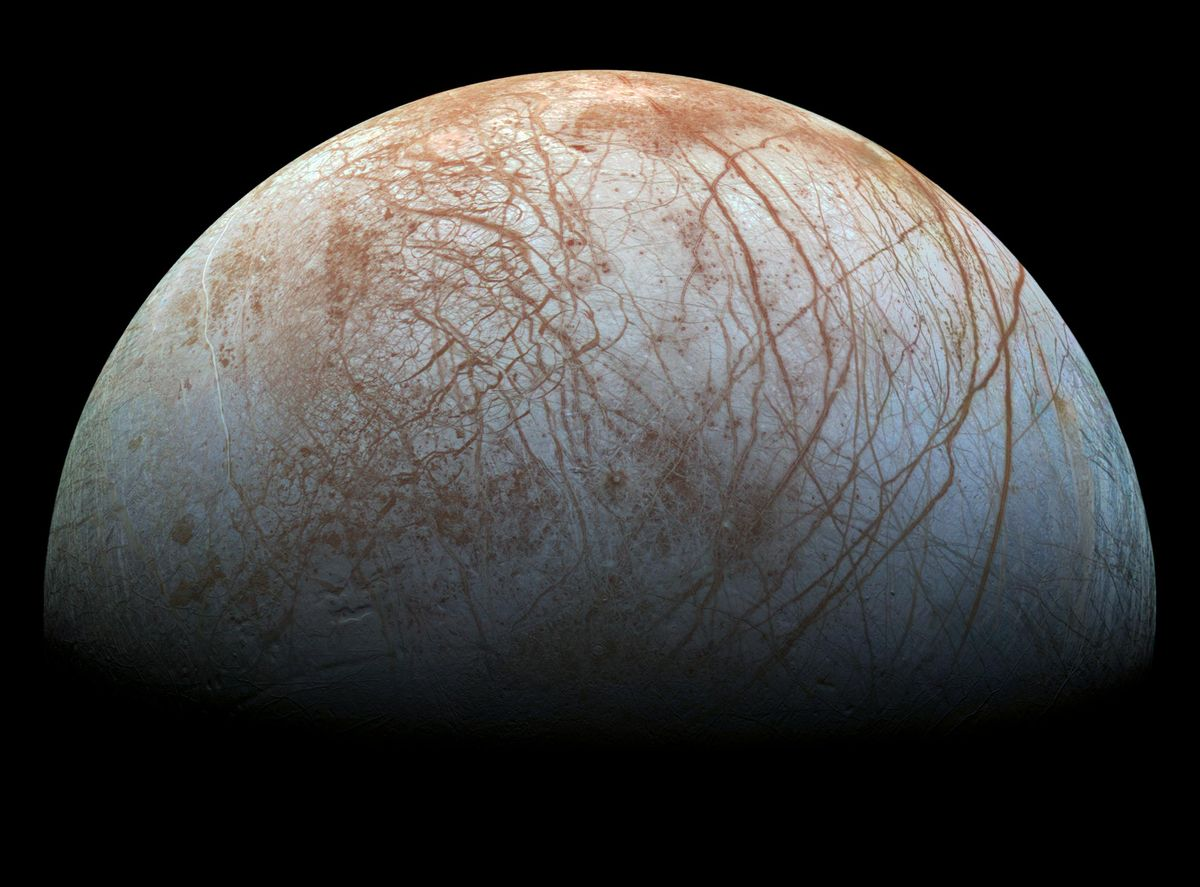solsticeuniversity.com – Astronomy, the scientific study of celestial objects and phenomena beyond Earth’s atmosphere, is one of the oldest sciences in human history. It has evolved over millennia from simple observations of the night sky to the complex astrophysical models and technologies we use today. The history of astronomy is a fascinating journey, marked by key discoveries, paradigm shifts, and groundbreaking theories that have shaped our understanding of the cosmos.
1. Early Astronomy: The Dawn of Human Curiosity
The earliest records of astronomical observations date back to ancient civilizations, long before the birth of modern science. Early humans noticed the motion of the stars, the phases of the Moon, and the movement of the planets. These observations were often tied to practical concerns like agriculture, navigation, and religion.
- Mesopotamia (c. 2000 BCE): The Babylonians were among the first to record astronomical observations systematically. They tracked the movements of the Moon and planets and predicted lunar and solar eclipses. Their sexagesimal (base-60) number system was crucial for the development of timekeeping.
- Ancient Egypt (c. 2000 BCE): The Egyptians built pyramids and temples aligned with the stars, particularly with the star Sirius, which was important for their calendar. They also developed a 365-day calendar based on the Sun’s movement.
- Ancient Greece (c. 600 BCE): Greek philosophers and mathematicians began to seek natural explanations for celestial phenomena, laying the foundation for Western astronomy. Anaximander (610–546 BCE) proposed that the Earth was free-floating and not supported by any physical object. Pythagoras (c. 570–495 BCE) suggested that the Earth was spherical, an idea that gained widespread acceptance.
2. The Geocentric Model: Earth at the Center
In the 2nd century BCE, Claudius Ptolemy, a Greek-Egyptian astronomer, developed the Ptolemaic system, a model of the universe in which Earth was at the center and all celestial bodies, including the Sun, Moon, and planets, orbited around it. This geocentric (Earth-centered) model became the dominant view of the universe for over 1,400 years.
Ptolemy’s model was highly detailed, using epicycles (small circles within larger orbits) to account for the complex movements of the planets. Although the geocentric model was inaccurate, it was able to predict planetary positions with reasonable accuracy, which is why it endured for centuries.
3. The Heliocentric Revolution: Copernicus and the Sun at the Center
The major turning point in the history of astronomy came during the Renaissance, with the work of Nicolaus Copernicus (1473–1543), a Polish mathematician and astronomer. Copernicus proposed a radically different model of the universe in which the Sun—not the Earth—was at the center. This heliocentric model (Sun-centered) contradicted centuries of accepted belief.
In 1543, Copernicus published his groundbreaking work, De Revolutionibus Orbium Coelestium, which outlined his model. Although controversial at the time, the heliocentric model offered a simpler and more elegant explanation of planetary motion.
4. The Age of Observation: Kepler, Galileo, and the Telescope
The next major advancements in astronomy came with the work of Johannes Kepler (1571–1630) and Galileo Galilei (1564–1642), two of the key figures of the Scientific Revolution.
- Kepler’s Laws of Planetary Motion: Kepler, building on the observational data of Tycho Brahe, formulated three laws of planetary motion that described the elliptical orbits of planets around the Sun. These laws replaced the circular orbits of the Ptolemaic model and provided a more accurate description of the solar system.
- Galileo’s Telescopic Discoveries: In 1609, Galileo Galilei improved the design of the telescope and turned it to the heavens. His discoveries were revolutionary. He observed the moons of Jupiter, the phases of Venus, sunspots, and the rugged surface of the Moon. Galileo’s observations provided strong evidence in support of the heliocentric model, though he faced fierce opposition from the Catholic Church, which upheld the geocentric model at the time.
5. Newton and the Birth of Modern Astronomy
The next monumental development came with the work of Isaac Newton (1643–1727). In 1687, he published Philosophiæ Naturalis Principia Mathematica, in which he formulated the Law of Universal Gravitation and the three Laws of Motion. Newton’s laws explained why planets move in ellipses and how gravity governs the motion of celestial bodies. This provided the mathematical foundation for celestial mechanics, making it possible to predict the positions of planets and other objects in space with high precision.
Newton’s work revolutionized not only astronomy but also physics, cementing his legacy as one of the most influential scientists in history.
6. The 19th Century: Expanding the Universe
The 19th century saw rapid developments in both the observation and theory of astronomy:
- The Discovery of the Nebulae: Astronomers like William Herschel (1738–1822) used telescopes to explore distant star clusters and nebulae. Herschel is famous for discovering the planet Uranus and for mapping the Milky Way.
- The Nature of Light and Spectroscopy: In the 1800s, Joseph von Fraunhofer and others developed spectroscopy, the study of light emitted by stars. This allowed astronomers to determine the composition, temperature, and motion of stars, as well as to measure their redshifts (the stretching of light waves as objects move away).
- The Size and Structure of the Universe: During this period, astronomers began to understand the scale of the universe. Harlow Shapley (1885–1972) demonstrated that the Sun is not at the center of the universe but is located in the outskirts of the Milky Way galaxy.
7. The 20th Century: Expanding Horizons
The 20th century marked a new era in astronomy, driven by advancements in technology, mathematics, and our understanding of the cosmos.
- The Big Bang Theory: In the early 20th century, Edwin Hubble (1889–1953) discovered that galaxies are moving away from us, which led to the formulation of the Big Bang Theory. The idea that the universe had a beginning and is still expanding became central to cosmology.
- Relativity and Quantum Mechanics: Albert Einstein’s General Theory of Relativity (1915) transformed our understanding of gravity and space-time, predicting the existence of black holes and gravitational waves. In the same period, quantum mechanics opened up a new frontier in understanding subatomic particles and the behavior of light.
- The Space Age: The mid-20th century witnessed the dawn of space exploration. In 1969, Apollo 11 successfully landed humans on the Moon. Telescopes like the Hubble Space Telescope (launched in 1990) allowed us to peer deeper into the universe, and space probes like Voyager 1 and Parker Solar Probe have ventured far beyond the Solar System.
8. The 21st Century: Unveiling the Universe
In recent decades, our understanding of the universe has expanded exponentially. New technologies and observatories have allowed us to explore phenomena like dark matter, dark energy, and exoplanets (planets outside our solar system).
- Gravitational Waves: In 2015, scientists detected gravitational waves for the first time, confirming a major prediction of Einstein’s general relativity.
- James Webb Space Telescope: Launched in 2021, the James Webb Space Telescope promises to revolutionize our understanding of the early universe, stellar formation, and exoplanet atmospheres.
- The Search for Life: The discovery of Earth-like exoplanets in the habitable zone of their stars has spurred renewed interest in the possibility of extraterrestrial life.
Conclusion
The history of astronomy is a story of human curiosity, observation, and discovery. From ancient civilizations gazing at the stars to modern scientists using cutting-edge technology to explore the farthest reaches of the universe, astronomy has continually pushed the boundaries of our knowledge. Today, as we unlock the mysteries of dark matter, black holes, and the origins of the universe itself, astronomy remains one of the most exciting and dynamic fields of scientific inquiry.
Astronomy continues to evolve, and future discoveries may challenge even the most fundamental aspects of our understanding of the cosmos. As we look to the stars, the journey of exploration is far from over.




